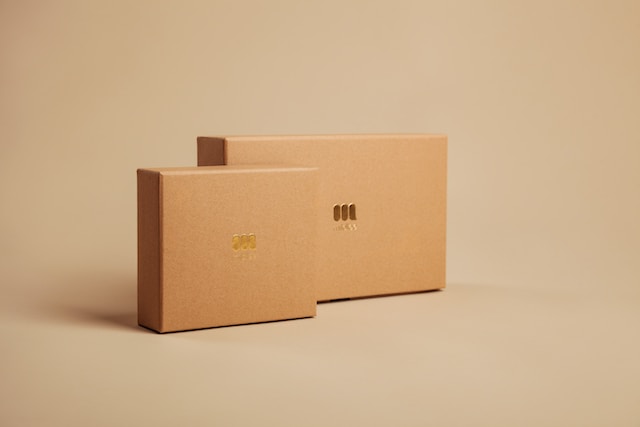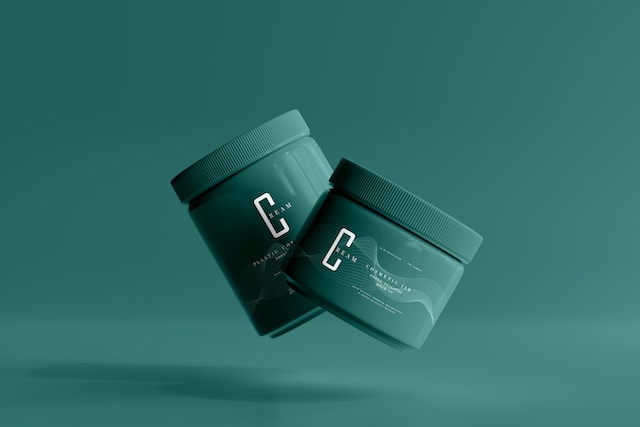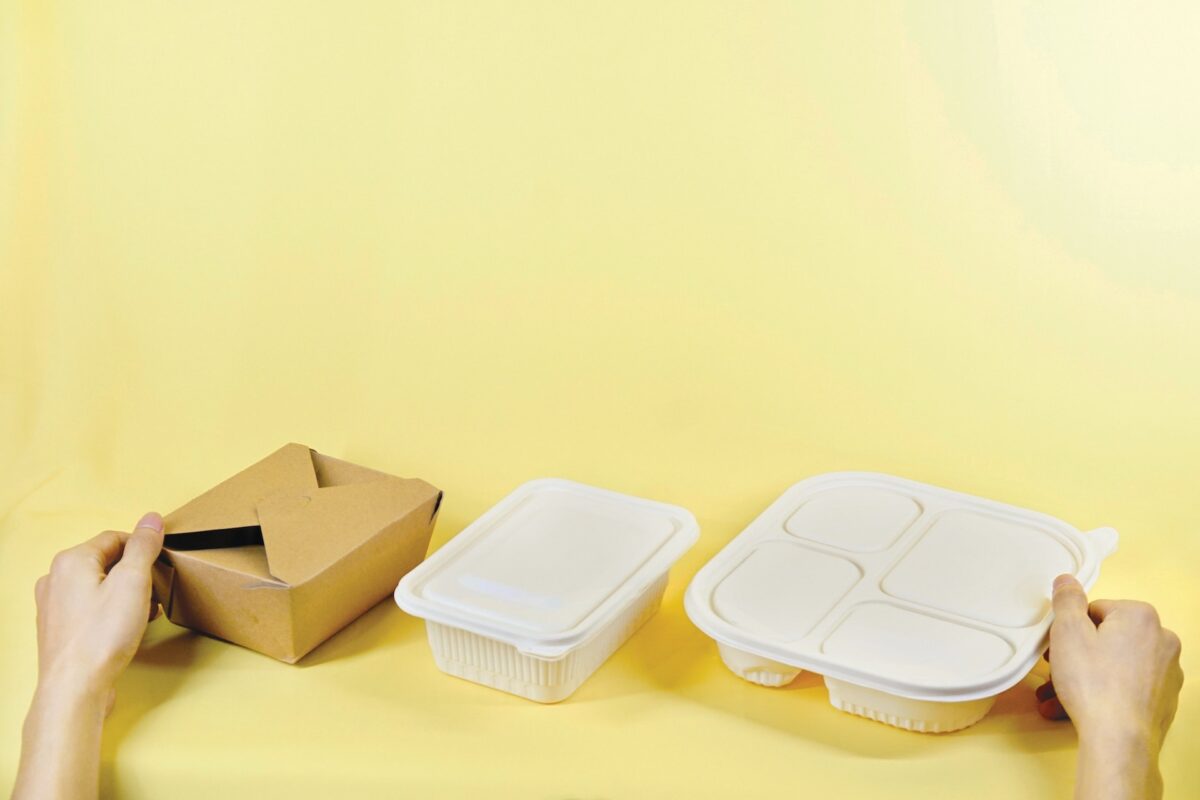In our time, it is not enough to produce a quality product, it is also necessary to deliver it to the buyer, give an attractive appearance on the supermarket shelf, make the product recognizable to the consumer, and ensure ease of transportation and storage. All these functions are successfully performed by packaging, which has long become an integral element in the field of retail and logistics.
It is important not only for the manufacturer and seller, but no less useful for the buyer. The consumer can get a quality product, in a more convenient form, the packaging helps the buyer to choose exactly what suits him best.
One of the most common types is Plastic Blister Packaging, which, due to its many advantages, is becoming more and more popular every year, displacing such types of traditional packaging materials as cardboard, paper or polymer film from circulation.

Blister packaging has a number of significant advantages:
- it perfectly protects the product, is reliable, durable, relatively cheap to manufacture and chemically inert, which is very important for storing food, household chemicals and medicines.
- The manufacturer can give the blister pack almost any appearance that the customer needs. It should also be noted that this is also an additional protection against forgery: for the manufacture of a blister, molds are needed, which are very expensive.
- The blister has a fairly high barrier properties, there is a special aseptic packaging for perishable groups of goods.
- In addition, plastic perfectly protects its contents from mechanical influences: ampoules with medicines, light bulbs and other items of increased fragility are often packed into a blister.
- Thermoforming Food Packaging is usually transparent, which allows the buyer to see the product he wants to purchase.
How blister is made?
Blister packaging is a solid polymer shell that follows the shape and contours of the goods. It is made from various types of materials, can have different thickness and can be used for a wide range of products.
This package consists of a hard case made of plastic and a backing that is usually made of cardboard or foil. There may also be two plastic cases that are interconnected using special latches (locks) or welded to each other.
The cardboard backing is usually printed with an image: logos, advertising or product information.

The production of packaging is based on the property of polymers, which becomes elastic after heating. It is made on special molding equipment from a rather thick and rigid polymer film.
A mold (or tooling) is pre-made, exactly for the layout chosen by the customer. Then the film, heated to an elastic state, is fed into the equipment. At this stage of the process, dyes can be added to the polymer, thereby obtaining packages of different colors. Vacuum or pressure (or a combination of the two) produces a transparent blister that retains its shape after cooling.
For the manufacture of a blister, polystyrene, polyvinyl chloride (PVC), PET, polyethylene and some other types of materials are used.

